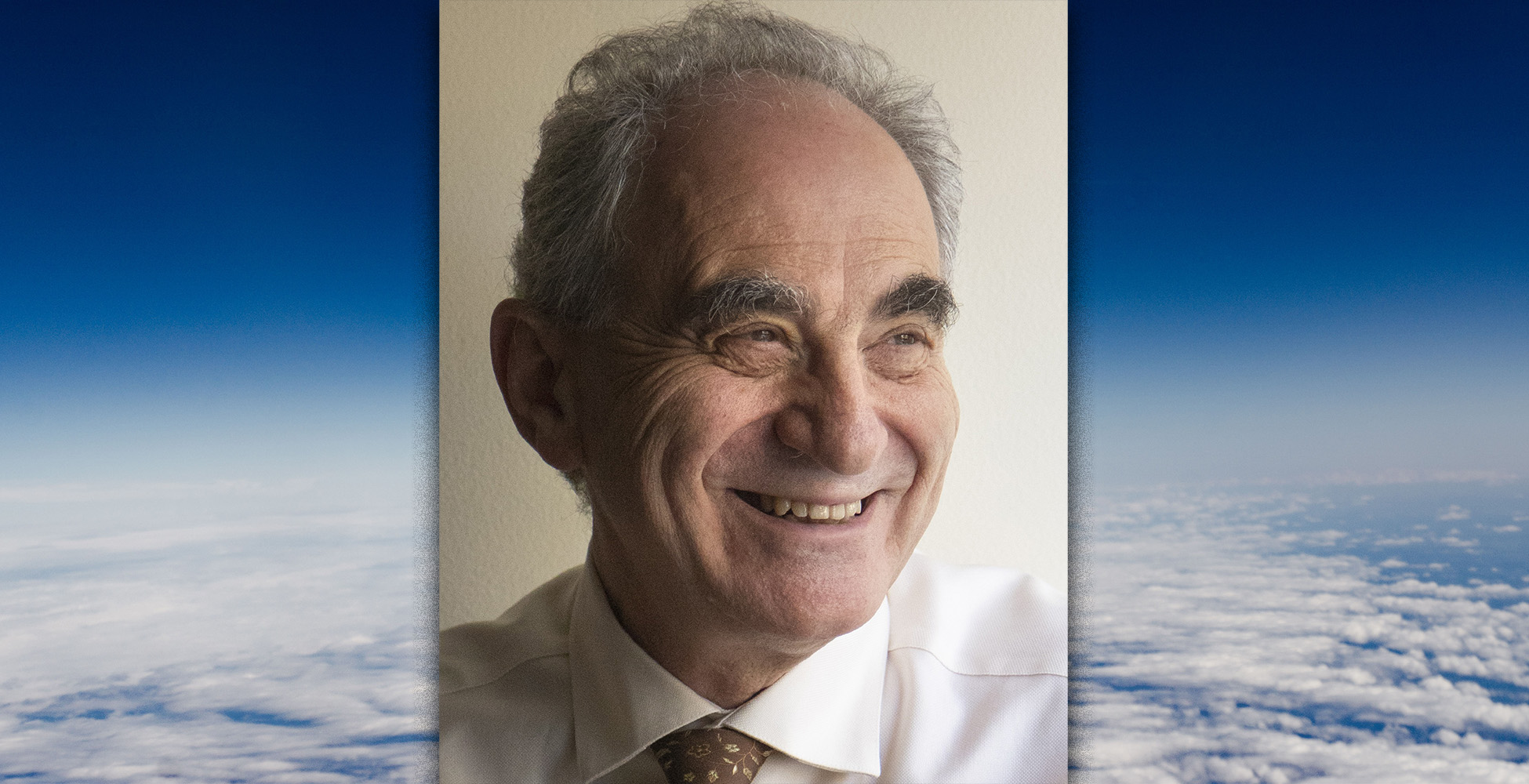Special Seminar: Carbon Negative Technology to Solve the Climate Crisis

Date: October 4, 2023
Time: 5pm - 6pm
Location: Auditorium, Atkinson Hall, UC San Diego
Speaker: Professor Eli Yablonovitch, Division of Electrical Engineering, UC Berkeley
Host: Professor Shaya Fainman, Electrical and Computer Engineering, Jacobs School, UC San Diego
Livestream option: https://ucsd.zoom.us/j/98739230347
Agenda:
SUMMARY
In 1977, the physicist Freeman Dyson (1) proposed the burial of biomass as a scalable, economical solution to the CO2 problem. Today we know (2) that the harvested vegetation should be buried in an engineered dry Environmental Chamber. Plant biomass can be preserved for thousands of years by burial in a dry environment with sufficiently low thermodynamic “Water Activity,” which is the relative humidity in equilibrium with the biomass. A “Water Activity” <60% will not support life, suppressing anaerobic organisms, thus preserving the biomass for millennia. Current agriculture and burial costs indicate US$60/tonne of sequestered CO 2 which corresponds to $0.53/gallon of gasoline. If scaled to the level of a major crop, existing CO 2 can be extracted from the atmosphere and sequester a significant fraction of prior years’ CO 2 emissions.
1. F. J. Dyson, “Can we control the carbon dioxide in the atmosphere?” Energy 2, 217-291 (1977).
2. E. Yablonovitch, & H.W. Deckman, “Scalable, Economical, and Stable Sequestration of Agricultural Fixed Carbon,” Proceedings of the National Academy of Sciences 120(16), e2217695120 (April 11, 2023): https://www.pnas.org/doi/full/10.1073/pnas.2217695120
BIOGRAPHY
Professor Eli Yablonovitch introduced the idea that strained semiconductor lasers could have superior performance due to reduced valence band (hole) effective mass. With almost every human interaction with the internet, optical telecommunication occurs by strained semiconductor lasers. He is regarded as a Father of the Photonic BandGap concept, and he coined the term "Photonic Crystal." The geometrical structure of the first experimentally realized Photonic bandgap is sometimes called “Yablonovite”.
In his photovoltaic research, Yablonovitch introduced the 4(n squared) (“Yablonovitch Limit”) light-trapping factor that is in worldwide use, for almost all commercial solar panels. He was elected to NAE, NAS, NAI, AmAcArSci, and, as Foreign Member, UK Royal Society.